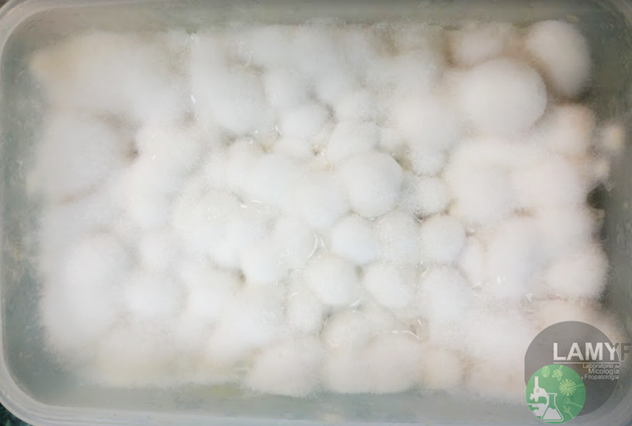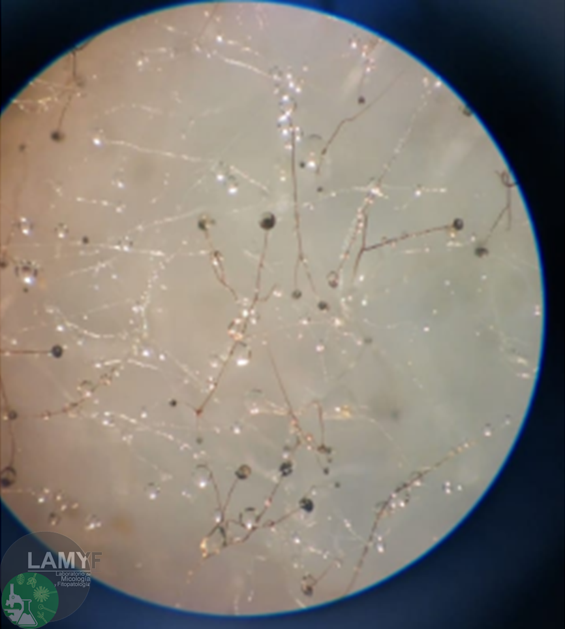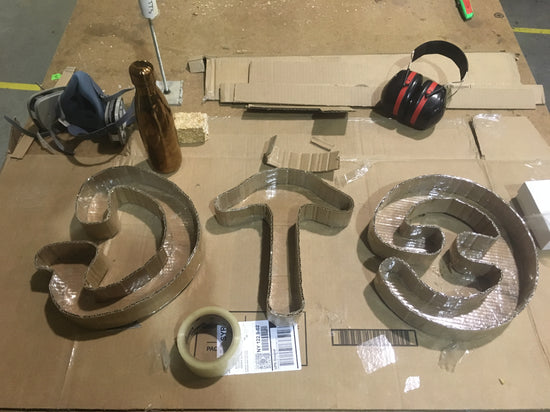Q: What first sparked your interest in the realm of mycology?
A: My first approach to the world of mushrooms was when I met some of the varieties of edible fungi, then I started helping my dad in a fungus production greenhouse and that aroused my interest in the diversity of fungal applications. Therefore, I am now working on a Mycology and phytopathology laboratory in Autonomous University of Nuevo León.
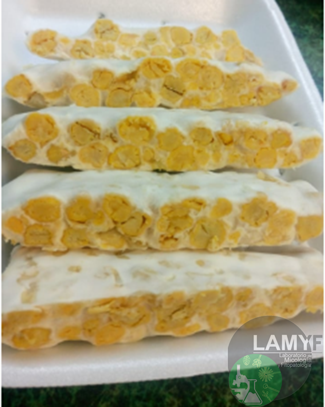
Q: What exactly are you researching/working on?
A: I am working with the production of Tempeh, which is made from cooked and fermented grains like chickpea, sorghum, corn, but the most common tempeh is made from fermented soybeans. The cooked beans are then mixed with a fungus Rhizopus orizae, then the mixture is incubated for about twenty-four hours at a constant temperature. As the soybeans ferment the mycelium mold forms long, white threads. These pull the soybeans together to make a solid cake.
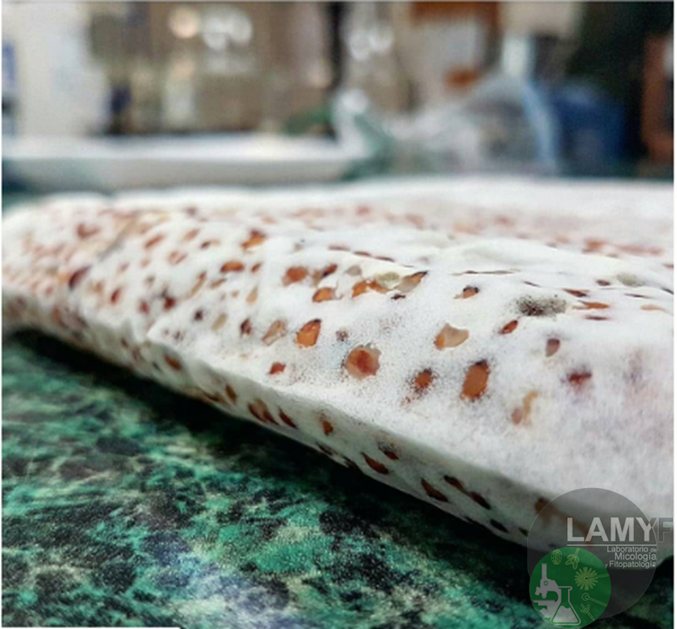
Q: What is the purpose of your research/work?
A: The purpose of this project is to make a superfood. Due to its properties tempeh is mainly used as a meat substitute with high nutritional value, as it has an elevated protein content, relatively low-fats and it is considered a cholesterol-free product. Additionally, Tempeh is a low cost nutritious food.
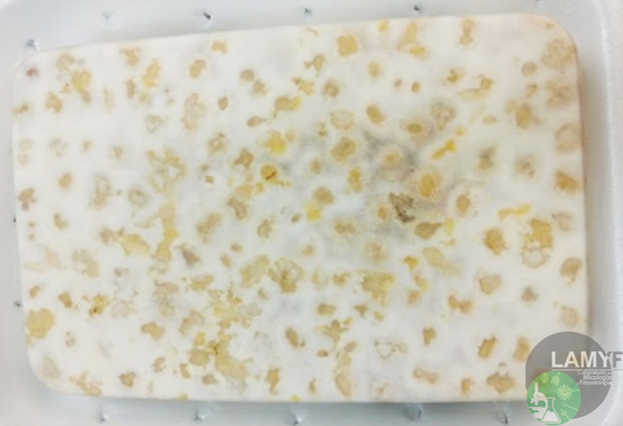
Q: What do you like most about working with mushrooms/mycelium?
A: What I like the most about working with mushrooms is that there is a great variety of them; each one has a different growth and development cycle, as well as color, texture and smell. Therefore, in most cases, they have a particular flavor and could be used for an infinity of applications. Basically, I like to work with mushrooms.